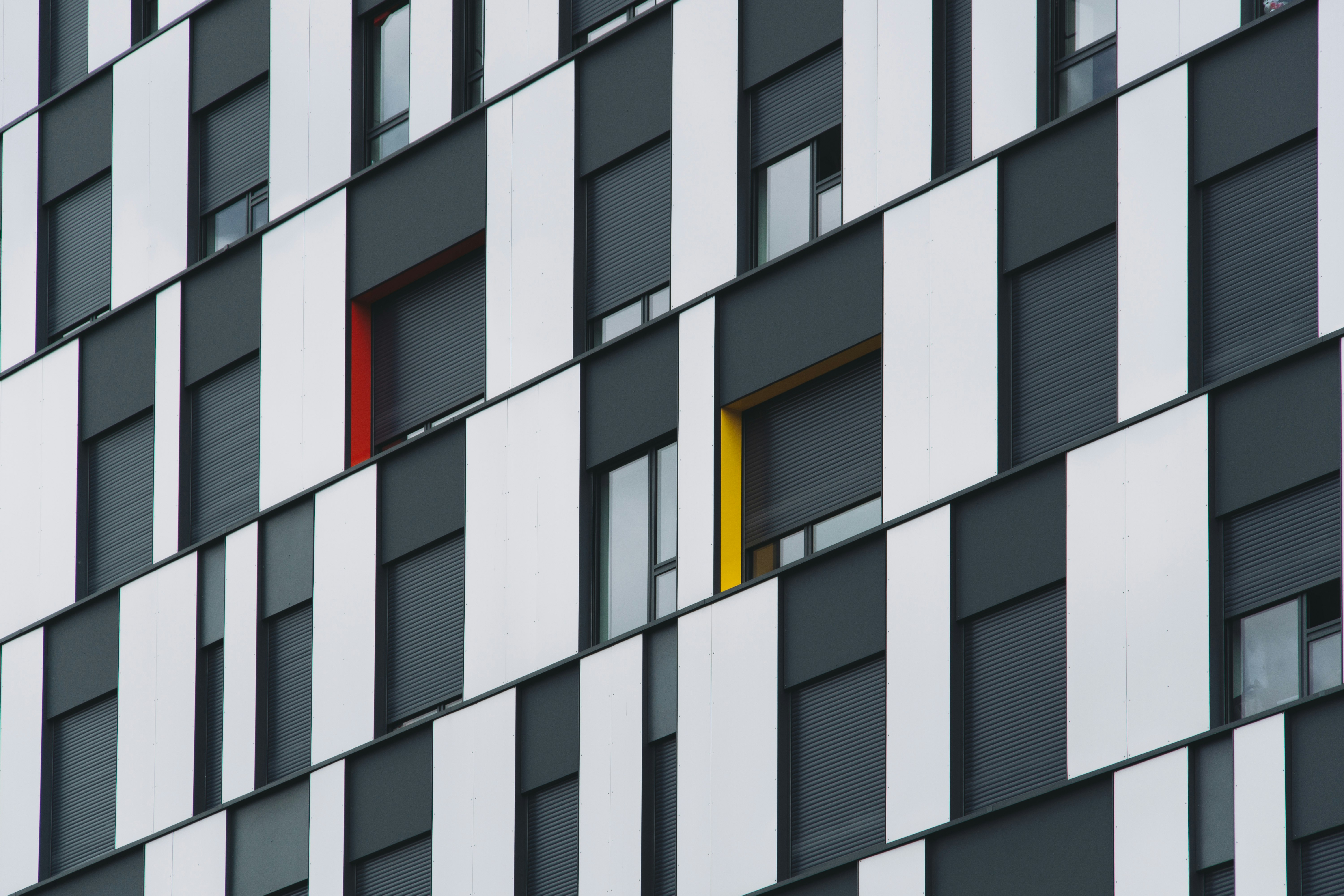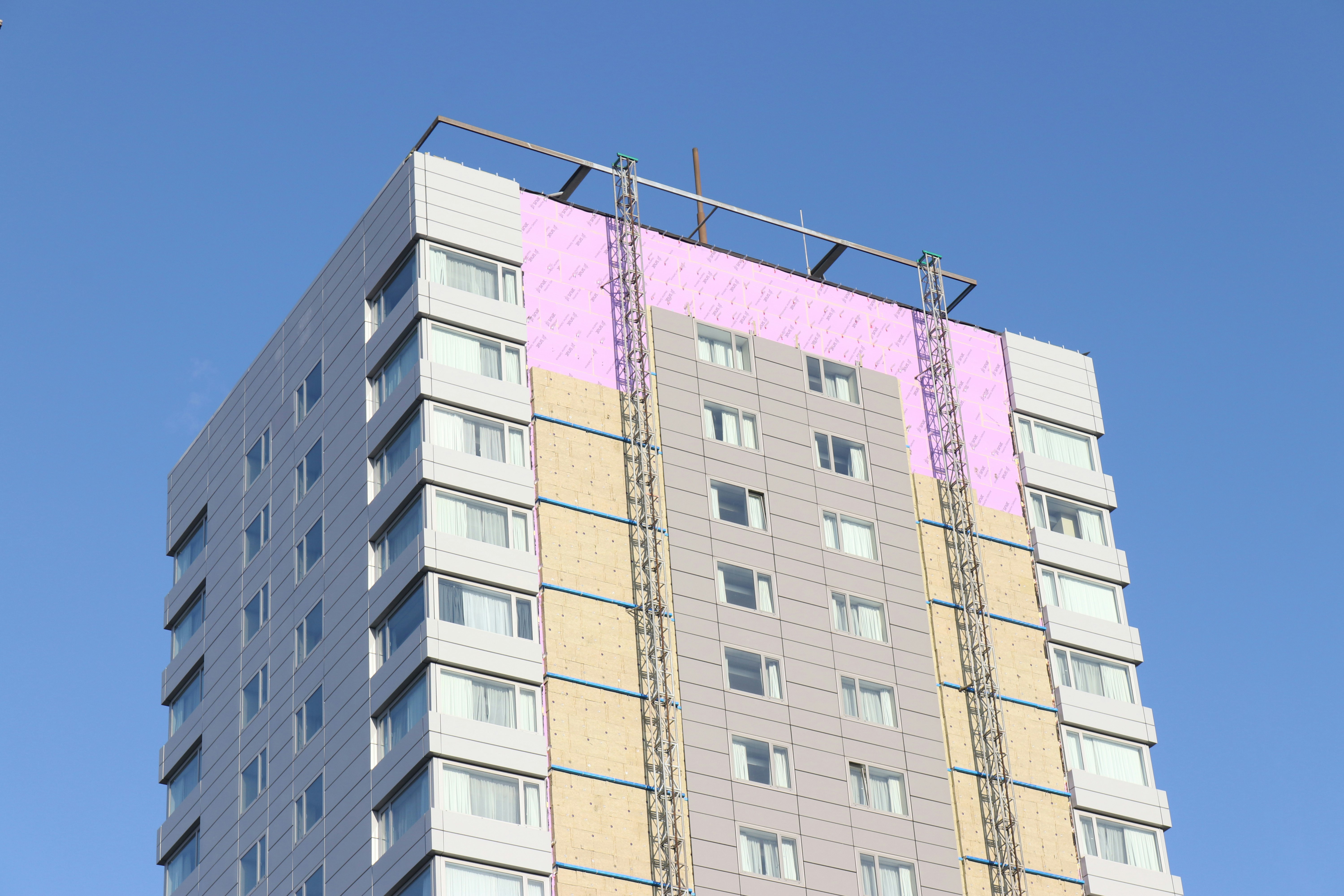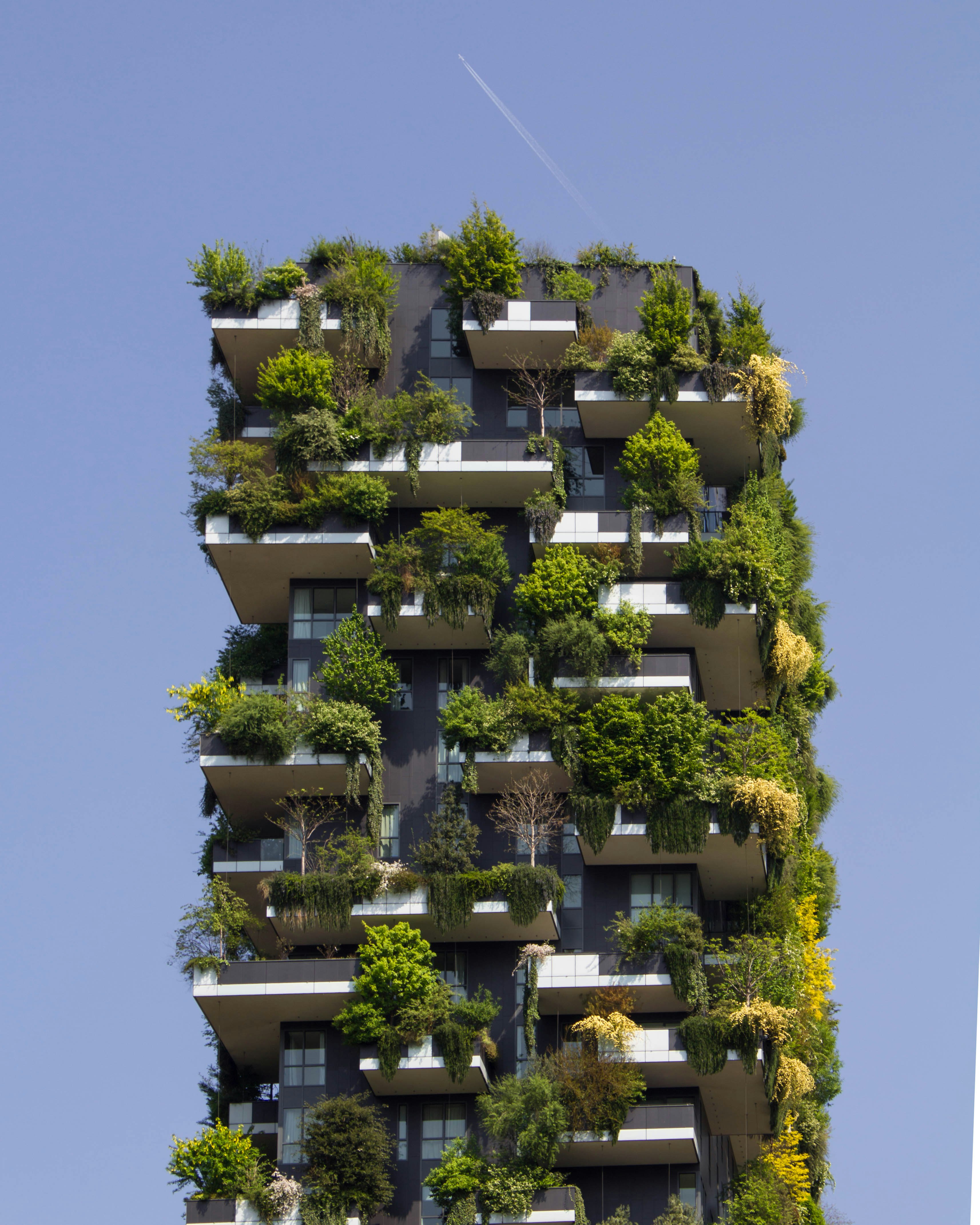Fellner at a Glance
- More than 30 years experience in architectural design and building with a focus on sustainable design
- A LEED AP (Leadership in Energy and Environmental Design--Accredited Professional)
- Fellner Associates Architects is a member of the U.S. Green Building Council.
- Fellner’s house, “Carlin Hill,” in East Haddam, CT is featured in the book 'Green Homes: Dwellings for the 21st Century' by E. Ashley Rooney. His design are also included in several other books.
- Co-Chairman of the American Institute of Architects Connecticut Committee on the Environment
- He has lectured and written extensively on sustainable design issues, strategies, and environmental subjects, with a focus on geothermal systems.
- Active with a series of presentations on sustainable design including “Green Homes Optimization” presented for the State of Connecticut Department of Public Safety at the 2010 Design and Trades Conference.
Q: What are the most important considerations for sustainable design and building construction?
Fellner: The repertoire of sustainable strategies for both residential and commercial design and construction is quite extensive. They include photovoltaics, solar hot water, passive solar, natural daylighting, earth-sheltered and green roof variations, storm water harvesting, wind power, recyclable/renewable materials, and low/zero VOC products, among others.
Q: Is there enough diversity in the methods employed for green design and building?
Fellner: The quantity of methods for a particular project is not necessarily the most important factor. Instead, the synergy of two or three methods may have the most beneficial impact. For example the use of a geothermal heating and cooling system juxtaposed with a photovoltaic (PV) system makes much sense. The PV system can create enough electric energy from the sun to run the pumps and fans of a geothermal system, thereby heating and cooling a building for free.
Q: What challenges do architects and builders face when implementing sustainable solutions?
Fellner: The challenges involve convincing clients that it is OK to go beyond the conventional way of doing things. The majority of methods and materials have remained unchanged for decades. There has been a steady growth in sustainable options and improvements in technology. Consequently, many of these systems have increased in efficiency and decreased in expense.
Q: How do you recommend going about convincing clients about sustainable design?
Fellner: It requires an integrated effort of research and development, manufacturers, industry groups, professional and trade organizations, news multi-media, publishers, academia, architects, engineers, and contractors, to help establish a general understanding within the public about sustainability. This mutual undertaking is needed in order to truly make a meaningful impact.
Q: How do you see the role of the architect in affecting a positive mindset for Green Architecture and Building? Fellner: It is generally understood that there is an evolving mindset for the acceptance of sustainability. The architect has a key role in this development for a number of reasons. Through continuous education, architects can be at the forefront of understanding technological advances; thus they can be instrumental in educating the public. This can be done with presentations to community groups, as well as through individual client interactions. In addition, architects can affect a positive mindset for sustainability through example with their designed projects.
Q: What are common misconceptions about green home design trends that you’ve encountered both with home-owners and with other contractors in the industry?
Fellner: A misconception is that one must implement a “shopping list” of strategies to attain a Green home. It is more sensible to utilize a few optimal strategies that make common sense for a home project. The incremental consequence of multiple home cases throughout the community can have an accumulative effect that makes a difference. Another misconception is that Green strategies are expensive. In reality, there is a wide range of expense involved. Although a PV system can be on the high end of the spectrum, a rain barrel to store rainwater from a roof is inexpensive.
Q: What are some of the unique or unexpected trends in green home design?
Fellner: Due to ongoing research and development, wind power systems are becoming more efficient. For example, some new types of wind turbines can function with lower wind velocities, thereby increasing the range of usage. This trend will continue to evolve as systems improve. Another unexpected direction is the recent evolution of high-efficiency heat pumps. Traditionally, air to air heat pumps have been more efficient in warmer climates due to the smaller temperature differential. Hence, geothermal heat pumps have been the logical solution to handle colder climates due to the smaller temperature differential offered through ground loop systems. However, the development of high efficiency heat pumps can work well in colder climates; thereby negating the need for ground loop well systems. Another surprising trend in Green home design is the increase in PV solar systems being installed, due to innovative residential solar financing programs. Rather than paying the high capital upfront, there are lease options offered by solar companies, making this a popular choice for home owners.
Q: What do you think is next for the sustainable design and construction industry?
Fellner: There are new directions for the upcoming chapters for the planet Earth. One important area that is critical, affecting the needed higher efficiencies of numerous systems, is the technology of battery storage. New types of systems that are in their infancy and perhaps not yet invented will be needed to allow for higher capacity energy storage. For example, PV systems would be enhanced with better energy storage systems. Similarly, wind power systems would greatly benefit as well. Ongoing research and development is crucial for this to happen. Although Earth-sheltered design had an initial spark in the 60’s and 70’s that never really reached any significant levels, we are now seeing a revival of this idea, especially through the increasing popularity of Green roof design. The future holds much potential for innovative solutions that integrate Green roof systems, as well as bermed wall enclosures, while allowing for ample natural day lighting to effectively create a sense of well-being for the occupants. The future holds great promise!












